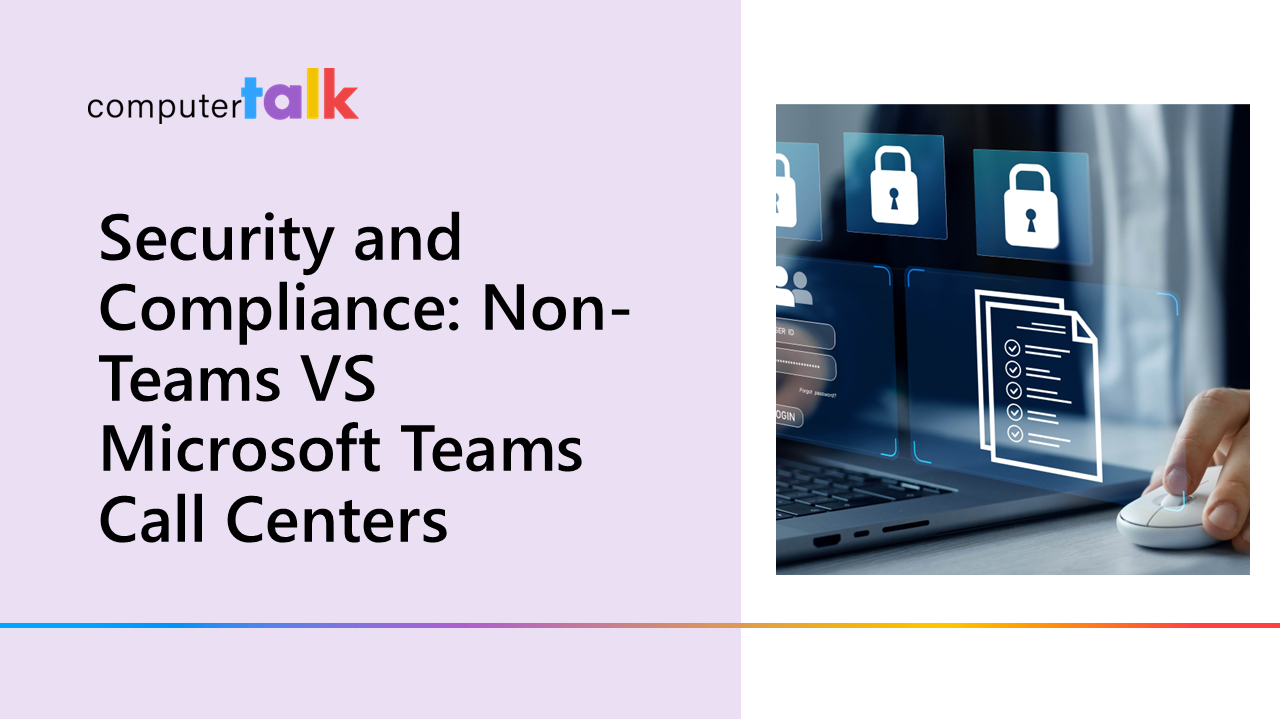Find Out How to Reduce Appointment No-Shows by 85%
by Shaundalee Carvalho | Published On August 19, 2021 | Last Updated December 14, 2023

Automated appointment reminders can help reduce no-shows in healthcare.
We all forget things every now and then. Sometimes, the consequences are as minor as leaving your house a couple minutes later than planned because you couldn’t remember where you left your keys.
But when people forget about appointments, it can result in major inefficiencies for industries such as healthcare.
The No-Show Problem
According to the Canadian Medical Association Journal, the average rate of patients not showing up for appointments is over 20%. This causes problems for both the healthcare provider and the patient.
When patients don’t show up to appointments, it causes overstaffing and underutilization of services for the organization.
For the patient, they experience delays in getting the care they need, potentially causing negative impact to their health. In some cases, they may even have to pay for missed appointments.
Traditional Methods of Combatting No-Shows
There are a couple different ways that healthcare providers have traditionally combatted the no-show problem. One of these involves overbooking patients. The idea is that the overbooked patients make up for those that don’t show up. However, it’s impossible to know exactly how many patients will not show up on any given day. This can leave patients with long wait times when there are fewer no-shows than expected.
Alternatively, hospital staff have traditionally called patients to remind them of their upcoming appointments. This of course reduces the likelihood of no-shows, but it also requires additional resources and time, diverting focus away from patient care.
A Better Solution
So how can a hospital or other healthcare provider ensure that patients show up to their appointments without taking resources away from patient care? The answer is automated appointment reminders. Sending automated reminders can reduce no-shows by 85%, without requiring time to make manual calls.
The benefits go far beyond a simple reduction in no-shows though. Automated reminders can also:
- Improve patient care – Reminders eliminate the need to overbook patients, decreasing wait times, while automation allows resources to stay focused on care.
- Provide quick return on investment – Automated reminders are designed to have hospitals up and running quickly. With low fixed costs and a proven solution that delivers efficiencies, hospitals have seen return on investment on day 1.
- Increase patient compliancy – With automated reminders, healthcare providers can include key information like pre-appointment instructions on a consistent basis through standard instructions.
To learn more about the value of automated reminders in the healthcare industry, check out iceAlert Automated Messaging for Health or read how automated reminders played a role in preventing the spread of COVID-19.
More from our blog
 Uncover the critical differences between call centers and contact centers, and choose the right model for enhanced customer service.
Uncover the critical differences between call centers and contact centers, and choose the right model for enhanced customer service.
 Protecting data is a top priority for call centers, where every interaction contains valuable information.
Protecting data is a top priority for call centers, where every interaction contains valuable information.
 KPIs provide specific and measurable insights into the performance of your contact center. Learn which essential contact center KPIs to track to boost productivity and enhance the customer experience.
KPIs provide specific and measurable insights into the performance of your contact center. Learn which essential contact center KPIs to track to boost productivity and enhance the customer experience.

